¿Alguna vez te has preguntado si los alimentos que comes fueron preparados con las técnicas de higiene adecuadas? Más allá de lo que vemos en el plato, es importante reflexionar sobre los riesgos invisibles que pueden estar presentes en nuestra comida.
Have you ever wondered if the food you eat was prepared with proper hygiene techniques? Beyond what we see on the plate, it is important to reflect on the invisible risks that may be present in our food.
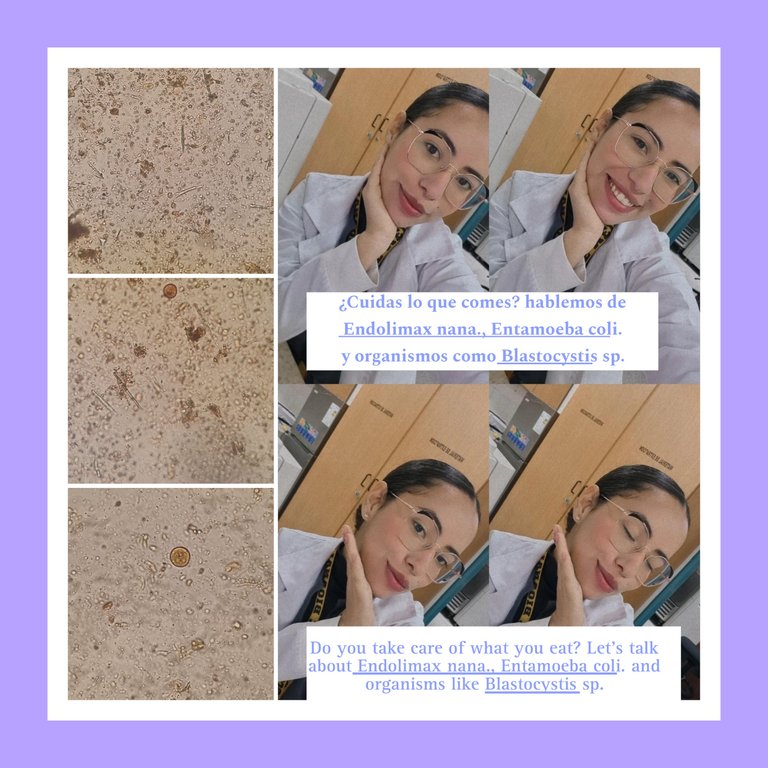
Hoy quiero compartir un caso interesante que atendimos recientemente: una paciente presentó en sus heces quistes de Endolimax nana, Entamoeba coli y el chromista Blastocystis sp.. Aunque al principio puede sonar alarmante, hay mucho que aprender de esta situación y, sobre todo, prevenir.
Today I want to share an interesting case we recently attended: a patient presented in her stool cysts of Endolimax nana, Entamoeba coli and the chromista Blastocystis sp.. Although it may sound alarming at first, there is much to learn from this situation and, above all, to prevent.
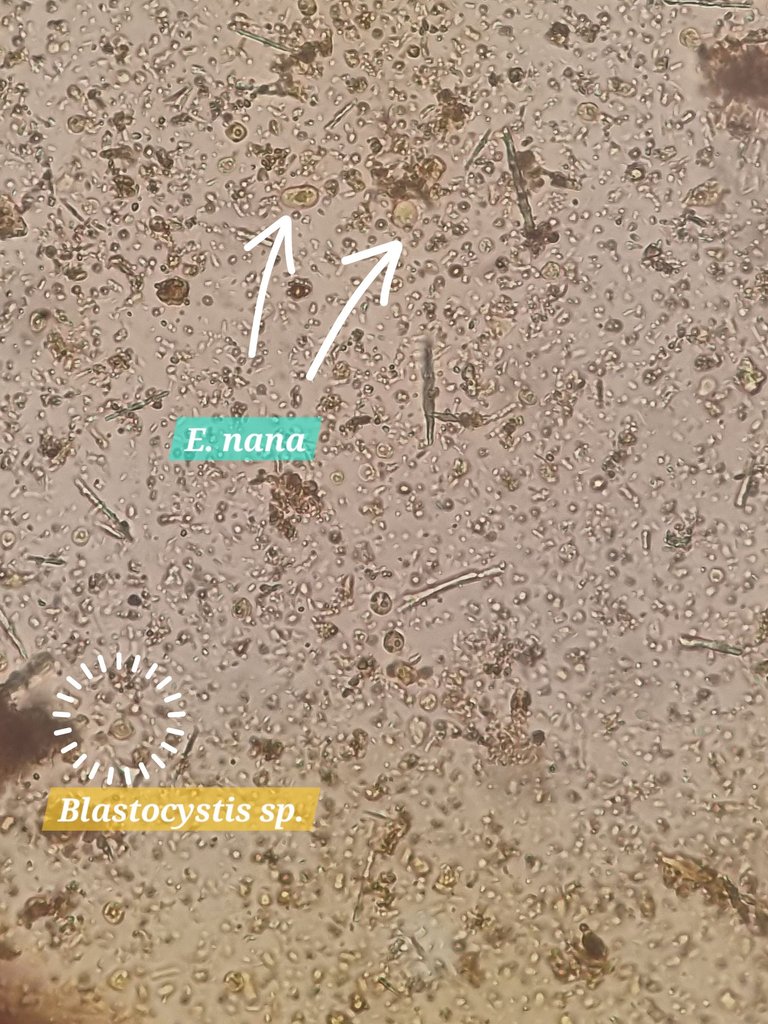
¿Qué significan estos resultados?
What do these results mean?
Para empezar, es importante aclarar que Endolimax nana y Entamoeba coli son considerados amebas comensales, lo que significa que no suelen causar enfermedades ni síntomas en las personas. Su presencia, sin embargo, es un indicador de contaminación fecal en los alimentos o el agua que ingerimos. Esto quiere decir que, en algún momento, lo que consumiste estuvo en contacto con materia fecal.
To begin with, it is important to clarify that Endolimax nana and Entamoeba coli are considered commensal amoeba, which means that they do not usually cause disease or symptoms in people. Their presence, however, is an indicator of fecal contamination in the food or water we eat. This means that, at some point, what you consumed came in contact with fecal matter.
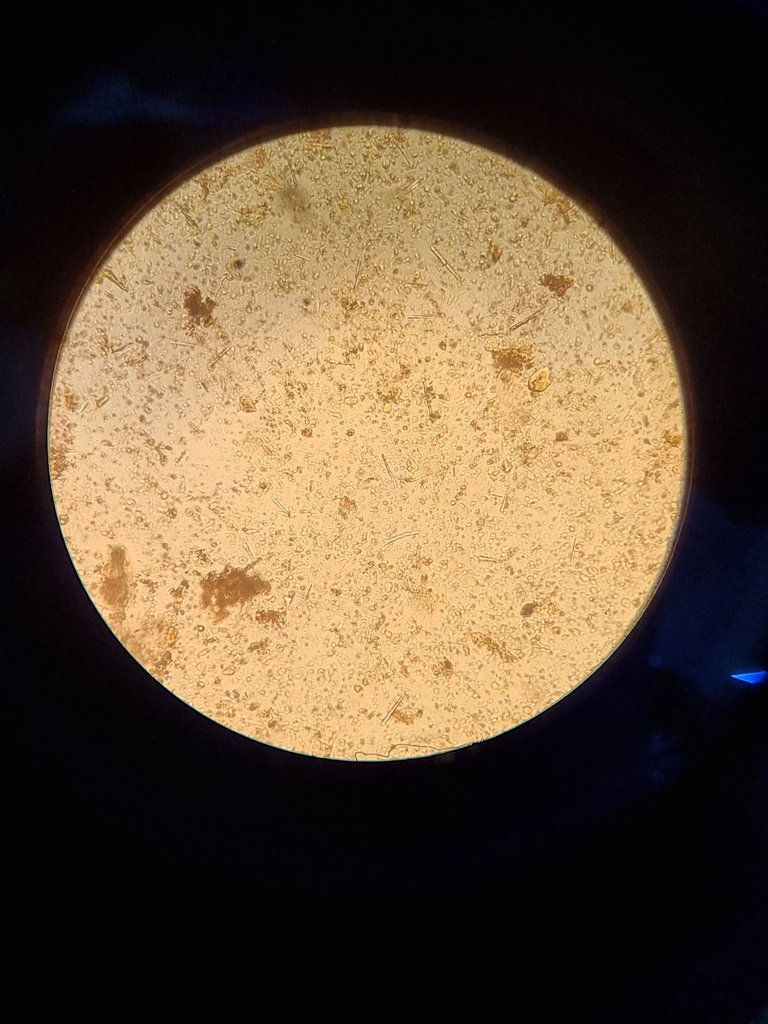
Por otro lado, Blastocystis sp., aunque históricamente se consideraba inofensivo, en la actualidad se asocia con síntomas como dolor abdominal, diarrea, y distensión en algunos casos, especialmente en personas con sistemas inmunológicos debilitados o con una carga parasitaria alta.
On the other hand, Blastocystis sp., although historically considered harmless, is now associated with symptoms such as abdominal pain, diarrhea, and bloating in some cases, especially in people with weakened immune systems or with a high parasite load.
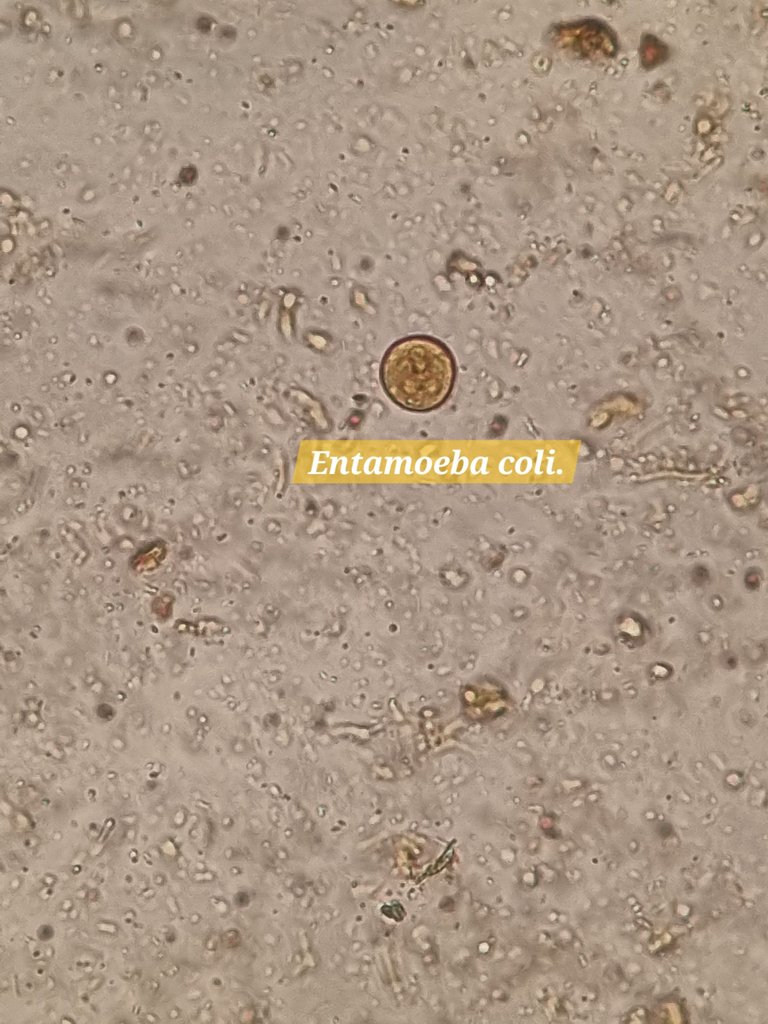
¿Cómo llegan estos microorganismos a nuestro cuerpo?
How do these microorganisms reach our body?
La transmisión ocurre principalmente vía fecal-oral, es decir, cuando los alimentos o el agua se contaminan con heces. Esto puede suceder debido a:
- Malas prácticas de higiene: Alimentos manipulados por manos sucias o utensilios contaminados.
- Falta de limpieza adecuada: Frutas, verduras o alimentos mal lavados que arrastran quistes de parásitos.
- Consumo de agua no tratada: Es una de las principales fuentes de contaminación en zonas rurales o donde no hay acceso a agua potable.
Transmission occurs mainly by fecal-oral route, i.e. when food or water is contaminated with feces. This can occur due to:
- Bad hygiene practices: Food handled with dirty hands or contaminated utensils.
- Lack of proper cleaning: Fruits, vegetables or foods that are poorly washed and carry parasite cysts.
- Consumption of untreated water**: This is one of the main sources of contamination in rural areas or where there is no access to drinking water.
¿Cómo prevenir estas infecciones?
How to prevent these infections?
La clave para evitar este tipo de problemas está en mejorar los hábitos de higiene, tanto a nivel personal como en los lugares donde consumimos alimentos. Aquí tienes algunos consejos:
- Lava bien tus alimentos: Usa agua potable para lavar frutas y verduras, y si es necesario, desinféctalas con productos específicos como gotas de cloro o soluciones aptas para consumo.
- Elige lugares confiables para comer: Asegúrate de que los restaurantes o locales que frecuentes cumplan con las normas de higiene y calidad.
- Cuidado con el agua: Evita consumir agua de dudosa procedencia. Opta por agua filtrada, hervida o embotellada.
- Higiene personal: Lávate las manos antes de preparar o consumir alimentos, y enseña estas prácticas a quienes conviven contigo.
- Cocción adecuada: Cocina bien los alimentos, ya que el calor destruye muchos microorganismos patógenos.
The key to avoiding this type of problem lies in improving hygiene habits, both on a personal level and in the places where we consume food. Here are some tips:
- **Wash your food well: Use potable water to wash fruits and vegetables, and if necessary, disinfect them with specific products such as chlorine drops or solutions suitable for consumption.
- Choose reliable places to eat: Make sure that the restaurants or premises you frequent comply with hygiene and quality standards.
- Be careful with water: Avoid consuming water of dubious origin. Opt for filtered, boiled or bottled water.
- **Personal hygiene: Wash your hands before preparing or consuming food, and teach these practices to those who live with you.
- **Proper cooking: Cook food well, since heat destroys many pathogenic microorganisms.
Reflexión final
Final Reflection
Es importante entender que estos parásitos no solo son un problema médico, sino también un indicador de la higiene y las condiciones de vida de una comunidad. Pequeñas acciones como mantener una correcta higiene de los alimentos y elegir cuidadosamente dónde comer pueden marcar la diferencia en nuestra salud y bienestar.
It is important to understand that these parasites are not only a medical problem, but also an indicator of the hygiene and living conditions of a community. Small actions such as maintaining proper food hygiene and carefully choosing where to eat can make a difference in our health and well-being.
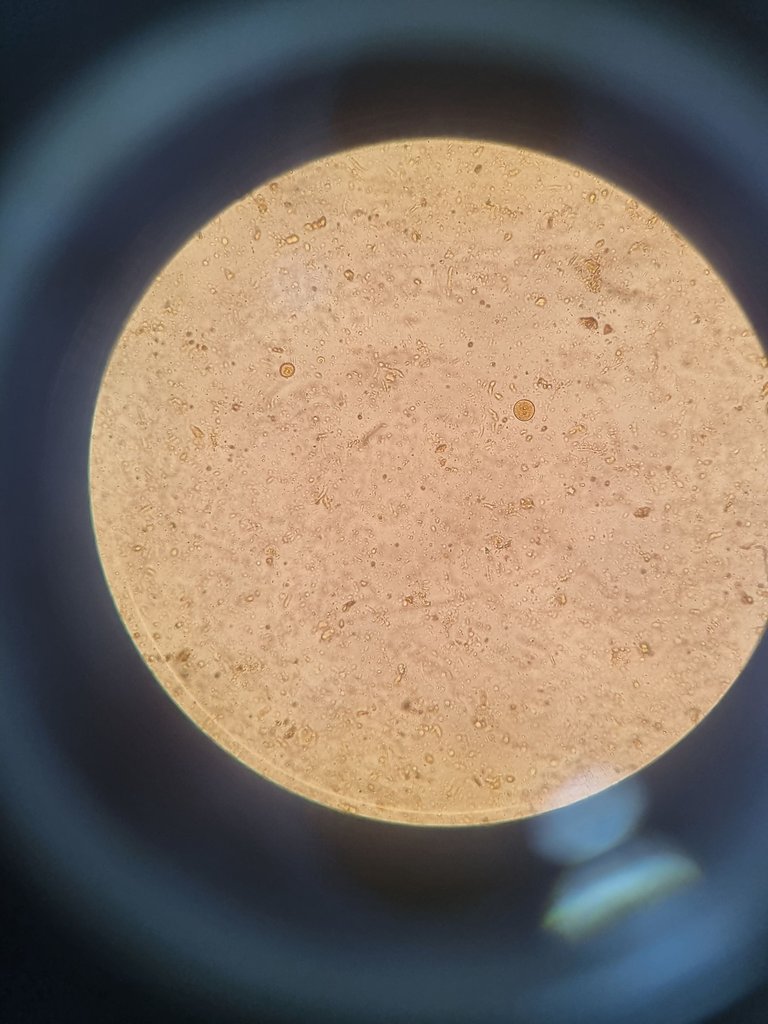
Gracias por leer mi post. ¡Hasta la próxima!
Thanks for reading my post, see you next time!
Fuente: CDC (Centros para el Control y Prevención de Enfermedades)
Créditos: Fotos de portada hecha con fotos de mi propiedad en PicsArt app|| fotos de mi propiedad editadas con la galería de Samsung|| traductor DeepL.com
I remember back in my parasitology studies i bought a lettuce from a local seller and washed it to analyse what you can see in the water that went through… many things there hehehehe
Hahaha, you must have found a lot of interesting things. But you are right, I eat lettuce and I try to clean it very well, it is difficult for me to eat it in restaurants, I don't know if they washed it well. 🙈
Que difícil es prevenir el contacto con este tipo de organismos. Con mis hijos soy super precavido, pero hemos tenido varios casos indeseados.
Muchas gracias por compartir este tipo de posts tan valiosos e infravalorados!
Si, tienes razón. Más con los niños porque inconscientemente son poco cuidadosos en cuanto al aseo... ellos se meten mucho la manos a la boca cuando las tienen sucias y los juguetes. Gracias por leer mi post y que te haya parecido valioso para mi es gratificante, espero pueda llegar a más personas y aportar ese granito de arena para una mejora en la prevención. Siempre he dicho que la mejor cura es prevenir 🩷 saludos